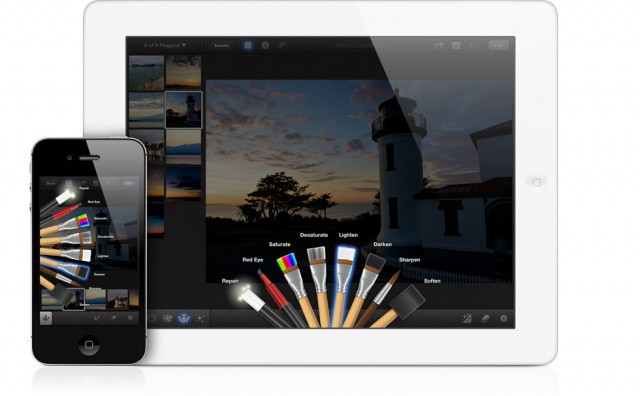WIMP computing was invented during the Nixon Administration.
In 1973, Xerox PARC developed the Alto computer, the first to use all the WIMP elements of windows, icons, menus and a pointing device, also known as a mouse.
And it’s in this nearly 40-year-old paradigm that we find ourselves trapped by a quirk of human nature: We’re creatures of habit. We don’t like to change the way we do things. And so here we are, still using a mouse (most of us, anyway).
Because of decades of exposure, most of us are blind to the clunky, almost Victorian nature of the mouse. We’ve got this big plastic thing on our desks. When we push it away from our bodies horizontally across the desk, the mouse pointer on the screen ascends vertically on the screen. We’ve all re-wired our brains to intuit every day that when I move this thing over here, something predictable happens over there.
Alternatives, such as Apple’s Magic Trackpad, have advantages over the mouse. But they’re still an abstraction. The thing you’re touching isn’t the thing you’re interacting with.
In the 70s and 80s, the WIMP UI in general and the mouse in particular, were refreshingly better than the alternative: the command line interface with “hot keys” and the use of the arrow keys to navigation on screen.
But four decades later, the industry is capable of so much more. The iPad user interface, for example, is vastly superior and decades more advanced than WIMP. But most people still consider the iPad — and the multi-touch user interface concept — as a plaything not ready for real work. It’s a “content consumption” device, rather than a “content creation” tool.
In addition to be conditioned to need the WIMP paradigm, we’ve also been programmed to think about consumer PCs as nothing more than a box full of parts. A “good” computer, is one with more and faster processors, more RAM, more storage, more pixels, the newest versions of all the technologies available. More is always better, right?
And this is another reason why the iPad has been dismissed as a toy. It has far less processing power, storage and memory than our desktop systems. Therefore, we can’t imagine doing anything serious with it.
So here we are. A breathtaking future of desktop multi-touch awaits us. But hardly anybody wants it. The vast majority of PC users stand ready to defend to the death their mice, physical keyboards and the whole WIMP paradigm.
How Apple is Changing All That
What’s the world’s most valuable company to do? Apple is clearly focused on ushering in the “post-PC world.” But how?
The conventional approach to changing consumer desires and behaviors is to create the new thing, then market the crap out of it until enough people “get it.”
But the shift to our multi-touch future is a tougher sell than most shifts. This is a tectonic shift, which requires a completely new way to think about what a computer is and how it works.
I believe Apple has come up with a brilliant plan: Generate enormous, organic demand for desktop multi-touch computing long before Apple even hints that they will announce such a product.
If you want to know what I mean about “enormous, organic demand,” try using the new iPhoto for iOS on the new iPad. I am absolutely convinced that you will have the same thought I did: “Jesus Christ I wish I could do this on a giant screen.”
Note that I do have a giant screen — a 27-inch iMac. But because iPhoto for iOS is so incredibly great to use with a direct-touch multi-touch interface, I will be moving all my photos from that giant screen to my tiny iPad screen to process them.
I also prefer processing movies with iMovie on the iPad.
If you think about it, the same desire is being generated on OS X. The LaunchPad, the new gestures, and other iPad-like features have us craving direct-touch instead of the indirect touch of mice or Magic TrackPads.
This is the opposite of the Microsoft approach, by the way. Windows 8 will drag users kicking and screaming into multi-touch like features.
Apple, on the other hand, will have us begging them to create powerful, big-screen multi-touch devices — giant iPads that live on our desktops — long before they announce such a product.
It’s a brilliant strategy, and it’s going to work. I just hope they create, announce and ship the giant desktop iPad of the future soon. Because I already want one.


